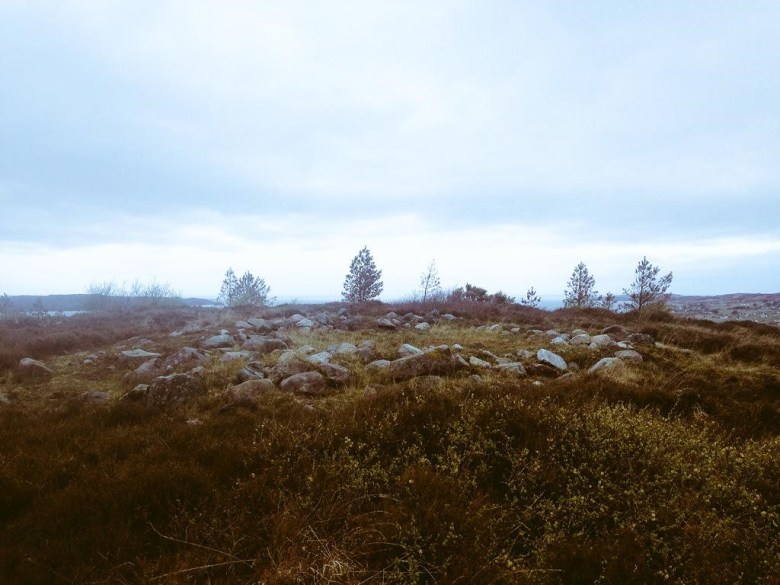
University of the Highlands and Islands Archaeology Institute postgraduate student Hannah Genders Boyd updates us on her continuing MRes research into the Bronze and Iron Age landscapes of Gairloch on the west coast of Scotland.
Hi, I’m the latest Research Masters student to join the UHI Archaeology Institute, based at Orkney College. I’ll be spending the next year undertaking research in environmental archaeology: primarily using pollen analysis techniques in order to reconstruct a prehistoric landscape.
I’m working with a supervisory team from three institutions: Dr Scott Timpany from UHI, Dr Althea Davies from the University of St Andrews and Dr Tim Mighall from the University of Aberdeen, whose collective expertise will guide me through the project.
My background is in history, archaeology and climate heritage – but putting these things together to tackle Environmental Archaeology is a new challenge for me.
Over the following year I will be undertaking a masters by research (MRes) degree, which is a postgraduate course that involves completing original research and producing a 30,000 word thesis at the end of it. My research is based on a group of hut circles (Bronze and Iron Age roundhouses) in Gairloch, over on the West Coast of Scotland.

These were originally excavated as part of the WeDigs community project in 2014, and my role now is to understand how the people who lived in these structures interacted with their environment. The Wedigs community are a passionate group of Wester Ross locals who first caught my attention when they were nominated for a Heritage Angel Award back in 2018. I’m looking forward to building on their work and feeding into this exciting ongoing project.
I’m using pollen analysis (palynology) to reconstruct the landscape in which these structures were built and looking for evidence of how these communities were utilising this area, such as evidence of pastoral or arable farming. The pollen I’m analysing was preserved in a nearby peat bog. A 4.2m core was extracted from the bog, which was then sub-sampled for pollen and these samples were processed to create slides.

(Dr Scott Timpany)
By identifying the variety of species present, represented by their pollen, we can begin to build a picture of the prehistoric landscape and how it changed over time.

My research will specifically be looking at the Bronze and Iron Age periods to which the hut circles have been dated, a period of around 2,400 years (from 2000BC to AD400). The project will investigate wider themes such as the temporality of these settlements and whether they were used seasonally, together with how people were manipulating this landscape (e.g. woodland clearance and farming).
I hope to be able to understand more about how these communities responded to climatic changes: we know the end of the Bronze Age saw a serious climatic downturn, I want to know how resilient communities in this area of western Scotland were to environmental challenges and how they adapted to such changes. This is particularly interesting to consider now as communities, and heritage sites, on the West Coast are once again dealing with increased rainfall and other climatic deterioration. I’ll be aided in answering these questions by other techniques, including geochemical analysis and radiocarbon dating.

This year is going to be challenging, as I’m jumping in to palaeoenvironmental studies with both feet. But nonetheless I’m excited. This project offers the chance to delve into an amazing archaeological landscape in Wester Ross and get to grips with how it has been shaped by human activity over time.
Improving our understanding of Bronze and Iron Age land use systems through research which takes into account architecture and landscape is deemed a priority by the Scottish Archaeological Research Framework . Here my research will marry environmental evidence with the knowledge gained through survey and excavation by the WeDigs group: it’s a fantastic opportunity to work alongside the community and enhance the project with specialist knowledge, shining new light on the region through an improved understanding the prehistoric landscape.”
If you are inspired to take the plunge and apply for an undergraduate or postgraduate course with us at the University of the Highlands and Islands Archaeology Institute then drop us a line on studyarchaeology@uhi.ac.uk and we can discuss your options.


